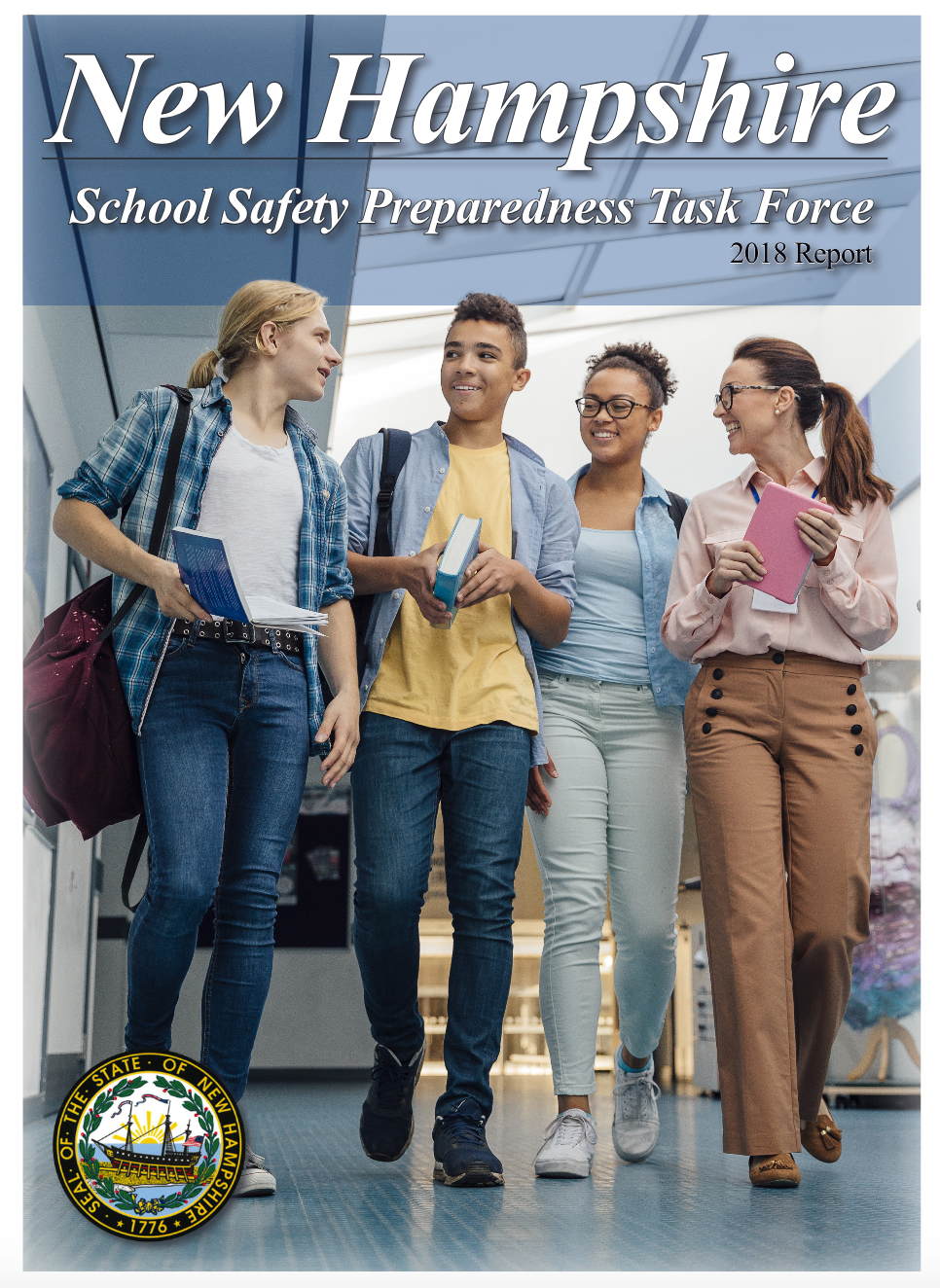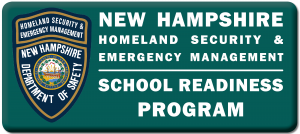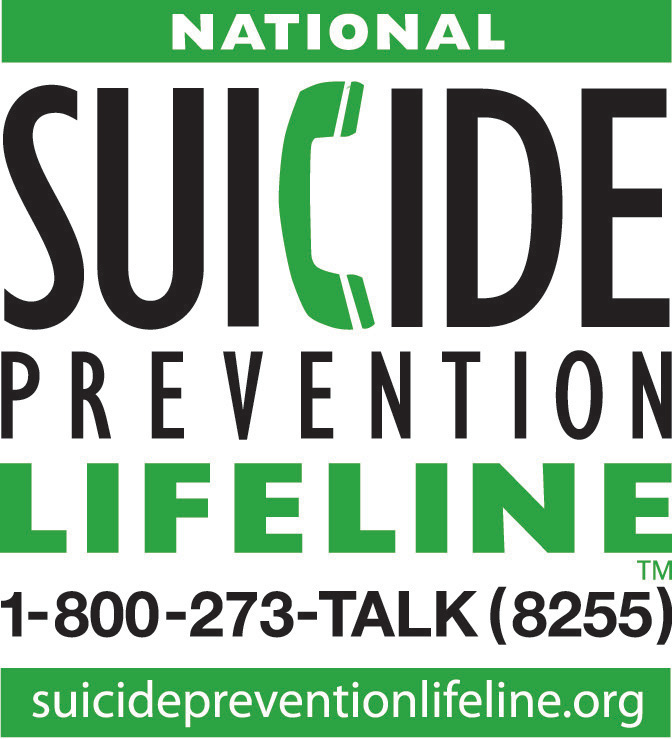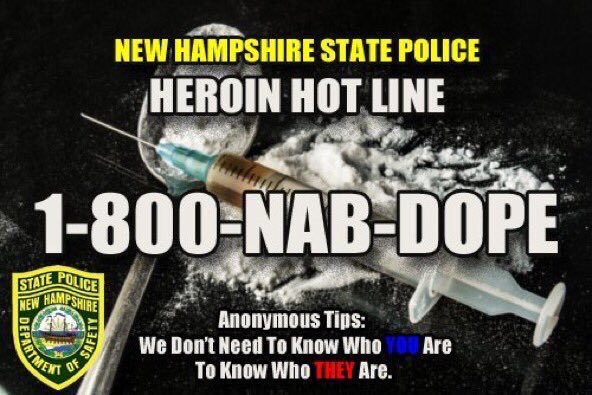The FBI’s Office of Partner Engagement produced a report with data from the 333 active shooter incidents in the U.S. in 2019 and 2020. The report is designed for law enforcement officers, other first responders, corporations, educators, and the general public. Active Shooter Incidents 20-Year Review, 2000-2019
Tag: SROs
School Safety Recommendations for Election Day (NH HSEM) [July 2024]
According to the U.S. Department of Education (REMSTA), “Election days may present a security challenge for schools and school districts because many designated polling places are on school grounds. Therefore, on election days, some school districts may cancel school or designate the day for teacher professional development”. The decision to close a school or remain …
Responding to Student Demonstrations and Protests in Schools (REMS) [n.d.]
Background Classrooms are often the first settings in which students learn what it means to be civically engaged; and when students choose to use demonstrations and protests as a tool for civic engagement, school buildings, grounds, and communities are often selected as the setting. The response of students across the country to the February 14, …
Fire Drills and All Hazard Response Drills/Exercises in Schools (NHFMO) [August 2022]
As of July 2022, NH educational facilities are required to follow amended RSA 189.64 and the Life Safety Code related to emergency response drills. This flyer provides relevant information related to these required exercises and drills. Resource: Download the Fire Drills and All Hazard Response Drills/Exercises in Schools Flyer
National Threat Assessment Center Report on Protecting American Schools (USSS) [November 2019]
Ensuring the safety of children at school is a responsibility that belongs to everyone, including law enforcement, school staff, mental health practitioners, government officials, and members of the general public. To aid in these efforts, the U.S. Secret Service National Threat Assessment Center (NTAC) studied 41 incidents of targeted school violence that occurred at K-12 …
School Identification Cards Recommendations (NH HSEM) [November 2022]
School Identification (ID) cards, when issued and worn, are a form of access control that ensures individuals on school property are easily identified. Credentials for faculty, staff, and visitors play a key role in identifying persons during emergencies. Emergency responders, parents, and students need a way to rapidly identify authorized personnel. Identifying visitors in the …
School Fencing Recommendations Flier (NH HSEM) [July 2024]
According to Hanover Research’s findings on School Fencing, there are several benefits to schools having proper fencing. Fences, as defined in the U.S. Department of Homeland Security’s K-12 School Security Survey, “are barriers enclosing or bordering a school that are used to prevent entrance, contain people to particular areas, or mark a boundary”. Resource: Download …
Cameras and Surveillance Systems in Schools Guide (NH HSEM) [November 2022]
Video Assessment and Security Cameras enhance the staff’s ability to respond to attacks and emergencies quickly and appropriately. School officials need to be aware of their surroundings and/or have the capability to observe danger and potential threats. This resource document provides information relative to the use of cameras and surveillance systems in NH schools. Resource: Download …







